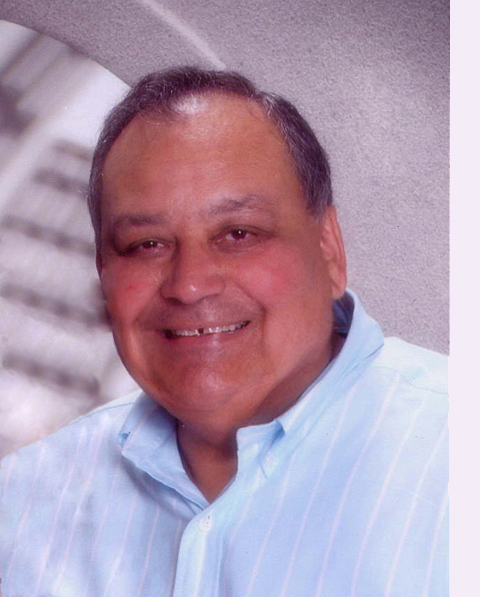 |
|
If having format difficulty, click here to open in a browser |
Research Triangle Business Advisors April 2016 Newsletter |
|
The Human Capital Institute (HCI) and Vistage International, Inc. (Vistage) partnered to conduct original research examining the use of executive development programs within organizations. The research report shows the impact or lack of impact of different executive development techniques and programs. The focus of this research is executives in the C-suite (CEO, CFO, CTO, etc.). This month’s newsletter presents excerpts from the research report. A link to the full report is available at the end of this newsletter.
Bob De Contreras 919-280-1307 Driving Performance and Business Results with Collaborative Executive Development This research profiles the state of executive development and the impact effective executive development has on an organization. The report also presents common barriers to effective implementation of executive development. This report describes the key elements required for effective executive development:
The data reveal a distinct split between organizations that are satisfied with the growth and development of their executives’ abilities as leaders (Highly Satisfied Organizations — HSOs) versus those that were not (Dissatisfied Organizations — DSOs). Two definitions used in the report: Traditional Executive Development is often carried out via periodic offsite “leadership training” events, or as ad hoc training for specific purposes or skills development. Non-Traditional Executive Development features experiential learning over extended periods and includes activities such as mentoring, coaching and peer collaboration. The organization’s challenges are incorporated into this development so learning is more relevant to ongoing business needs. Report Highlights Highly Satisfied Organizations (HSO) are characterized by more executive collaboration and Dissatisfied Organization (DSO) are characterized by more executive independence. J. Richard Hackman, Professor of Social and Organizational Psychology at Harvard University, outlined five conditions for a team to be successful:
In addition to fostering a culture of team alignment, HSOs emphasize aligning or linking executive development activities and goals with the overall guiding business strategy.
While the guiding strategy of effective executive development is tied into a collaborative culture and approach, the implementation of a development plan hinges on the actual methods used. Non-Traditional Development Activities:
Traditional Development Activities:
It is important to note that both traditional and non-traditional methods of development are important considerations when designing an effective executive development program. But, the research sought to further explore the effectiveness of such methods. The survey results point not only to higher use of non-traditional activities among HSOs, but also reveal these activities to be much more effective. The data illustrate that all but one of the most effective executive development activities are non-traditional in nature, with mentoring rated as most effective as shown below:
The bottom line associated with conducting these activities is rather striking when examined by organization type. Nearly all of the HSOs (96%) were satisfied with how their executives have performed after participating in their executive development programs compared to only a third (35%) of the DSOs. An aligned leadership culture, a disciplined approach, and the utilization of frequent, shared learning exchange activities are all interconnected elements that produce significant results in developing more effective leaders.
The data show that HSOs have a clear advantage over DSOs in terms of developing new leaders. The majority (85%) of newly hired leaders at HSOs are ready to assume their roles as leaders in their organizations within 12 months of their hire date, but only 57% of DSOs can make this same claim.
Summary There is much to be learned from organizations that are satisfied with their executive growth and development. HSOs understand that effective executive development is not based on conducting isolated, infrequent, disparate activities. Rather, key elements need to be in place and working cohesively in order to impact development. These organizations understand the leadership culture of a company has to be collaborative and aligned with the guiding business strategy. They further understand the benefits of relying on non-traditional activities that feature collaborative techniques to accentuate critical thinking and the exchange of ideas, while also understanding the benefits attributed to more traditional means of development. The most effective development plan includes the use of both types, and HSOs recognize that partnership. Refer to the full report for much more detail, recommendations, and citations. To download the full report click here.
|
Cary | Raleigh | Research Triangle Park |
Greensboro | North Carolina |







